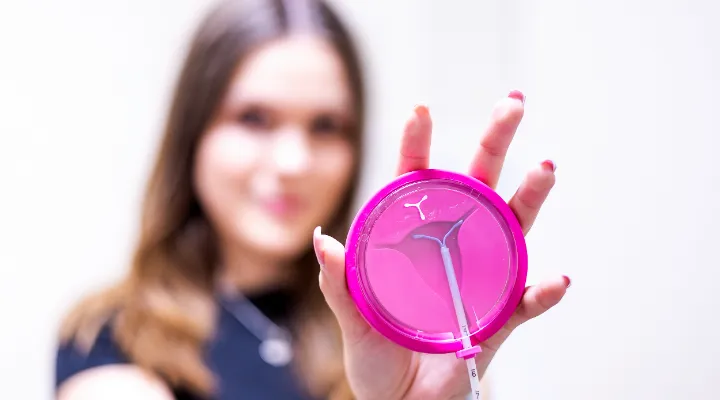Contraception is an essential part of reproductive health, helping to plan a family and avoid unwanted pregnancies. There are many contraceptive methods available, each with different mechanisms and each with its advantages and disadvantages. This article will review the most common contraceptive methods, their effectiveness, and how to use them.
Hormonal contraceptives
One of the most popular methods of contraception is hormonal contraception, such as the pill, patches and vaginal rings, and implants. These methods prevent pregnancy by regulating hormone levels. Hormonal contraceptives are generally highly effective when used correctly, but possible side effects such as headaches, mood swings, or the risk of thrombosis should be considered.
Mechanical contraceptives
Another standard method is mechanical contraceptives such as condoms and cervical dams. Condoms are effective not only in preventing pregnancy but also in partially preventing sexually transmitted infections (STIs). Cervical dams, such as diaphragms, effectively protect against sperm and egg encounters when used correctly. These methods offer advantages such as easy availability and no side effects, but their effectiveness is generally lower than hormonal methods.
IUDs (intrauterine devices)
An intrauterine device, also known as an IUD, is another long-term alternative. These devices are inserted into the uterine cavity and either release hormones or are made of copper, preventing pregnancy. IUDs can be effective for up to 3-10 years, depending on the type of device. However, IUDs can cause pain or unusual bleeding and require medical intervention to insert and remove. A group of IUDs contains the hormone progesterone, which can help to treat bleeding disorders in addition to contraception.
Subcutaneous contraceptives (implants)
Subcutaneous contraceptives, also known as implants, are among the modern methods of contraception that offer a practical and long-term solution for those who want to avoid pregnancy. These implants are small, flexible plastic devices inserted under the skin, usually on the inside of the arm. The procedure is quick and minimally invasive, taking a few minutes under local anesthetic. The implant prevents pregnancy by releasing the hormone progesterone.
This contraceptive method is highly effective and protects against pregnancy for up to three years, depending on individual preferences, health, and lifestyle, and is an attractive alternative for many women as it does not require daily attention, such as the pill.
The choice of contraceptive options is a personal decision, reflecting the couple's needs, health status, and lifestyle. To choose the proper method, couples must act in an informed way and consult a health professional where possible, as contraception not only helps to prevent pregnancy but also contributes to sexual health.










